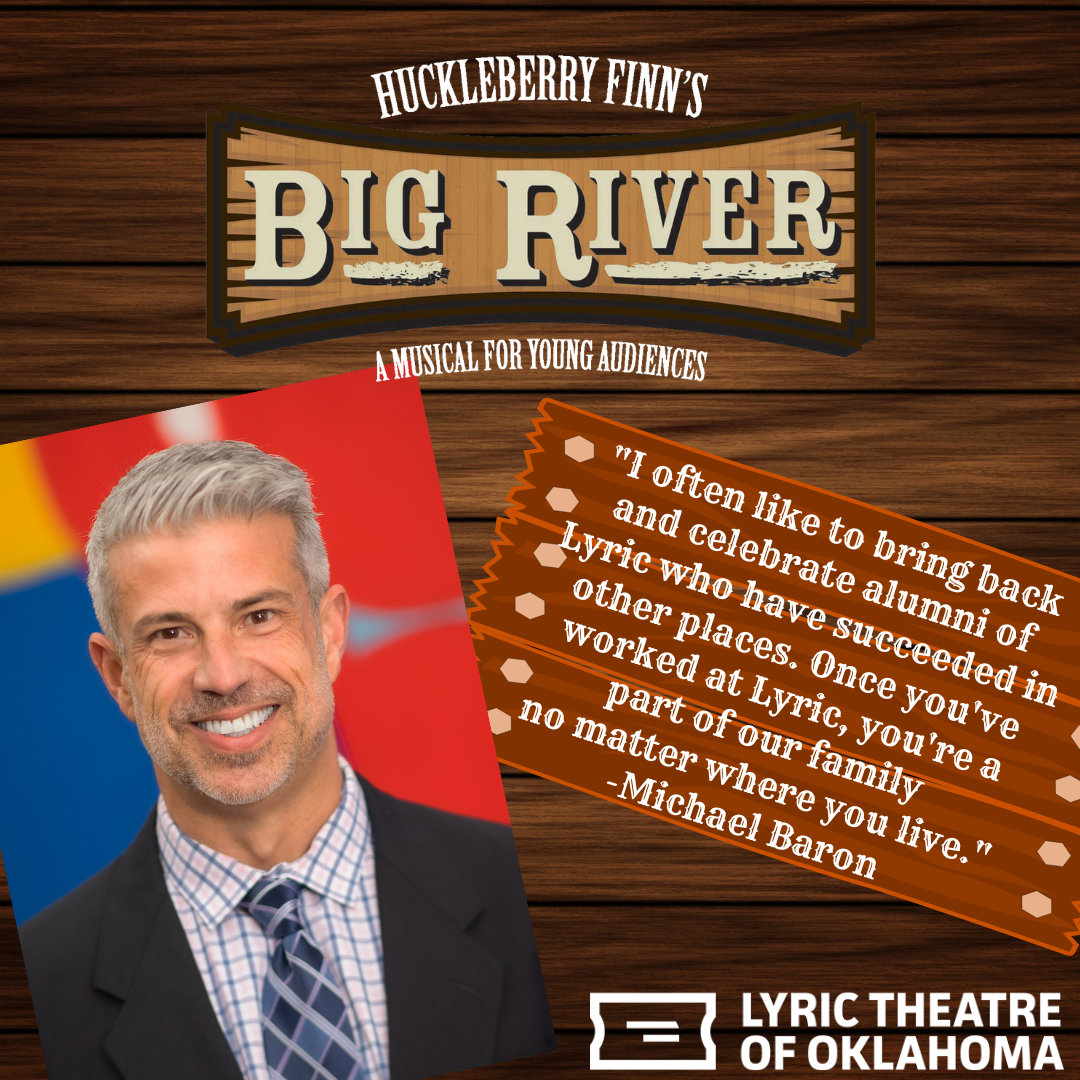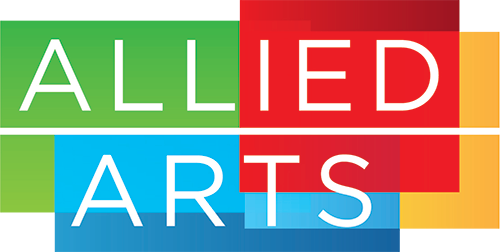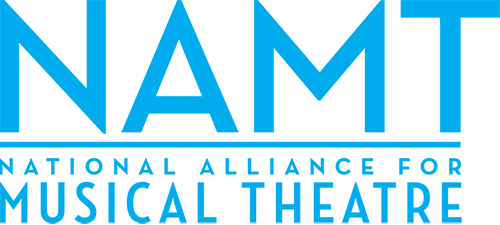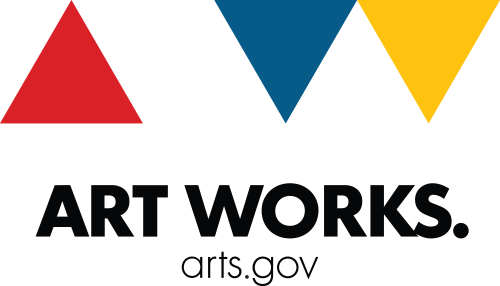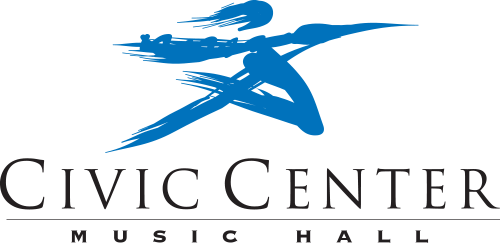Blog by: Marketing Intern Hannah Beaudreau
For this Backstage Blog we talked to Michael Baron, the director of BIG RIVER. Michael Baron is a respected and experienced producing artistic director who has directed over 95 productions at theaters across the country. He is an emeritus board member for the National Alliance for Musical Theatre, member of Oklahoma City’s Rotary Club 29 and serves on the Oklahoma Arts Institute Theatre Advisory Panel and the Yom Hashoah Holocaust Remembrance Day committee. We wanted to know more about Baron’s vast experience working with different theaters and what his experience has been like bringing BIG RIVER to Oklahoma.
What are some of the pros of theatres working together to produce one show?
Before the pandemic, and even post pandemic, theatres have been working together much more. Some of the advantages to co-producing are that you can share expenses and sometimes give the creative team an opportunity to continue to work on the show between cities – especially when presenting new works.
What are some challenges theatres may face when working together to produce a show?
One of the challenges of co-producing is that you have to make sure that the missions of both theatres are similar. Also, knowing the financial and business models of each theatre is crucial. For example, in Washington, D.C., construction costs, real estate, and housing for artists are much more expensive than here in Oklahoma. Where Lyric may choose to spend money on a production will be different from a theatre in DC. I also want to make sure that the show is relevant to both audiences. It might mean there’s a different conversation that has to happen or before the show with each theatre’s audience base. On the whole, however, it’s usually a fruitful endeavor to co-produce. Because we plan so far in advance, hopefully any issues that come up between the theatres gets solved before the actual production goes into rehearsal.”
Now that we’ve discussed what theatres have to think about when producing a show together, what has been your personal experience when traveling and working with other theatres?
Usually when I direct at other theatres, I know the artistic director already. They have seen my work, and I’ve seen the work they have produced at their theatre. It’s important for both parties to trust each other and agree on the vision for the production before rehearsals begin for the show to succeed. One of the first big productions I directed outside of Lyric was a production of the musical SPRING AWAKENING at ZACH Theatre in Austin, Texas. The co-production plan we created was to transfer the scenic production to Lyric. I purposely re-cast the show with Oklahoma actors and hired an Oklahoma-based music director. I find that I prefer directing out-of-town and then coming back to Oklahoma to continue the artistic process with artists that live here. By doing this, each theatre can provide more work for the artists who live in their city. Sometimes it doesn’t work out that way depending on the show. Some shows require actors with very specific talents that currently aren’t making their home in Oklahoma. I often like to bring back and celebrate alumni of Lyric who have succeeded in other places. Once you’ve worked at Lyric, you’re a part of our family no matter where you live. I feel the same way when I go back to work at theatres like ZACH Theatre in Austin.
Baron then goes into more detail about when it might be necessary to bring in performers from other cities/states:
I just co-directed a new production of CINDERELLA at ZACH Theatre in Austin with a Deaf/hearing cast. I’m currently looking at the best way to produce the show here at Lyric. Our Lyric resident lighting and costume designers, Fabian Garcia and Jeffrey Meek, were in Austin creating the show with me. Due to the intricacies of rehearsing a show that is accessible for everyone on stage, backstage, and in the audience – including the use of interpreters, ASL, and Spoken English – we will be bringing the entire acting company, which includes Lyric alumni, to Oklahoma to share what was created in the near future.
How has it been to transfer BIG RIVER from Washington D.C. to Oklahoma?
Lyric has done BIG RIVER many times, especially since the music and lyrics are by Roger Miller, who was born in Oklahoma. It has been a beloved American musical by some. In the past 10 years, there are large portions of BIG RIVER that will ring very differently in today’s political climate in America. What was once charming or easier to hear by some audience members in the past is now not only difficult to hear, but may be painful. When revisiting BIG RIVER, it was necessary to figure out ways to make the storytelling equalized and to look at that period of time even more from the African-American perspective. No matter the show you come to at Lyric, you’re seeing a diverse audience with diverse actors and stories on stage. We have to look at everything we are doing both onstage and off from a perspective of inclusion and shared understanding. Theatre is a special art form in that it is happening in the present moment – even if the musical was written years ago. When a painting is finished, it stays frozen in that time, which allows you to comment on it from a safe distance of time. Theatre is at this moment. You can’t say that you’re going to experience it as if we created it in the 1980s or 1800s. You have to address where we are in the world at this time in history. Otherwise it not only doesn’t work, it doesn’t make sense. Especially in cases where you’re dealing with serious subjects like slavery, it can be damaging and painful if you don’t look at that period of time from our perspective today. I believe that the theatre is always about promoting empathy. Everyone working on this new version wanted to make sure that this new BIG RIVER promotes empathy in the ways it needs to for today’s audience.
Why do you think it’s important that children and adults come and see BIG RIVER?
Theatre is a great way to start conversations, and hopefully this production is a safe way to start one about racism amongst caregivers and children. BIG RIVER is a production where you can experience great music, see a carefully considered story being told, and then perhaps start to talk about the world around us. I know it is difficult trying to navigate any child through the world today. Hopefully we’re giving examples of how to answer with open kindness when someone has a difficult question. One of the great things about musical theatre is that it heightens our emotional senses, particularly in wonderful ways through dance and singing. It has the ability to sweep everyone up to experience stories in new ways. At the end of our production, we hope you’ve had a safe and thoughtful group experience and are encouraged afterward to consider both the time the story takes place and our lives today.
Furthermore, what do you hope audience members take away with them after they watch BIG RIVER?
I would hope they will look at classic musicals, like BIG RIVER, with fresh eyes and in a new way. I hope this will raise the expectation of what audiences would like to see from Theatre for Young Audiences productions. Theatre for Young Audiences covers a wide range of shows. You can go from something like BIG RIVER to THE CAT IN THE HAT. I think they are both wonderful shows to share with children, but THE CAT IN THE HAT is for young children and BIG RIVER for older children and adults. There is a wonderful place theatre can exist between shows based on children’s books and shows for mature adult audiences. It’s at this age, when life is difficult because you are trying to find your voice but aren’t an adult yet. I think BIG RIVER approaches those pre-teen and teenage years with beautiful lessons to learn. It shares examples of kindness and love, even in the most difficult of circumstances.


